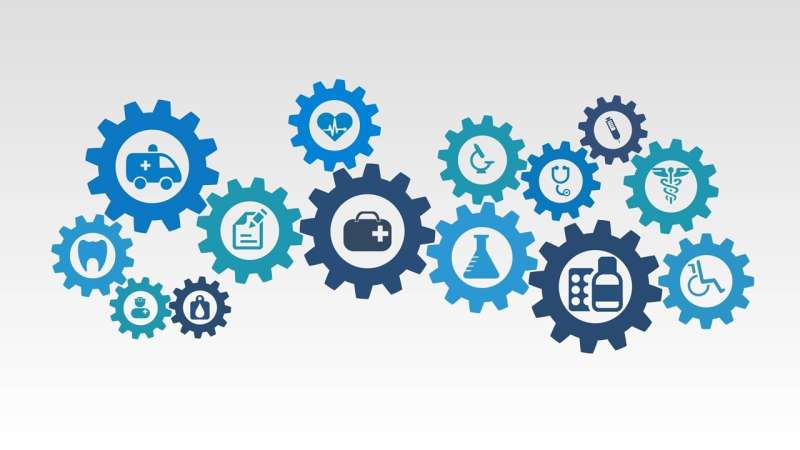Revolutionary Use of AI in Developing New Treatments for Rett Syndrome

A pioneering AI-driven approach has identified vorinostat as a promising treatment for Rett syndrome, demonstrating efficacy across multiple tissues in preclinical models and paving the way for clinical trials.
Rett syndrome is a severe rare genetic disorder primarily affecting girls, with an incidence of about 1 in 10,000. It results from mutations in the MeCP2 gene on the X chromosome, causing a wide range of neurological and physical impairments such as repetitive hand movements, speech difficulties, seizures, and more. In addition to neurological symptoms, Rett syndrome also disrupts the functions of various other organs including the digestive, immune, and musculoskeletal systems, making treatment development particularly challenging.
Recently, a multidisciplinary research team at Harvard University's Wyss Institute has made a breakthrough by leveraging artificial intelligence (AI) combined with innovative disease modeling to identify promising therapeutic options. Their study spotlighted the drug vorinostat, which demonstrated the ability to modify disease progression across multiple tissues in preclinical models, outperforming the existing treatment trofinetide. Published in Communications Medicine, this research highlights how AI-powered drug discovery can accelerate finding effective treatments.
Because vorinostat is already FDA-approved for treating certain blood disorders, the biotech startup Unravel Biosciences is fast-tracking its repurposing for Rett syndrome. The company’s proprietary formulation, RVL-001, has received Orphan Drug Designation from the FDA. Plans are underway to initiate a clinical trial later this year in Colombia involving 15 female patients, using an innovative n-of-1 trial approach that assesses treatment effects within individual patients to better address the complexity of Rett syndrome.
The key technological advancement in this research is the Wyss Institute’s nemoCAD platform, which predicts drug candidates based on gene network disruptions in multiple organs rather than focusing on a single molecular target. This systems-level approach, combined with the creation of a novel Xenopus laevis tadpole model with CRISPR-engineered MeCP2 mutations, allowed scientists to simulate the full spectrum of Rett syndrome symptoms.
Using nemoCAD, the team analyzed gene expression data from the tadpole model to identify drugs capable of reversing pathological changes. They discovered that vorinostat could effectively restore normal gene network activity, suppress seizures, abnormal swimming behaviors, and gastrointestinal issues in the model. Further validation showed that vorinostat improved symptoms even when administered after disease progression, a significant step toward potential clinical application.
Unexpectedly, researchers found that histone and non-histone protein acetylation patterns differed across tissues affected by Rett syndrome. Notably, vorinostat corrected abnormal acetylation of a-tubulin in multiple tissues, which plays a crucial role in cell structure and function. These findings suggest that the drug acts on mechanisms beyond its known HDAC inhibition, offering broader therapeutic potential.
Driven by these promising results, Unravel Biosciences is advancing vorinostat into clinical trials, aiming to develop a possibly first-of-its-kind curative therapy for Rett syndrome that addresses both neurological and non-neurological symptoms. The combination of AI, gene network analysis, and innovative disease models exemplifies a new paradigm in drug discovery, especially for complex and rare diseases.
Stay Updated with Mia's Feed
Get the latest health & wellness insights delivered straight to your inbox.
Related Articles
Paracetamol Use During Pregnancy: What the Latest Science Says About Autism Risks
Recent studies suggest that while paracetamol remains generally safe during pregnancy, some research explores potential links with autism. Learn what the latest science says about its safety and risks.
Innovative DNA 'Glue' Protein Could Transform Aging and Disease Treatment
Discover how a naturally occurring protein, PDI, functions as a DNA 'glue' that could revolutionize treatments for aging and age-related diseases, offering new hope for neurodegenerative conditions.
Research Finds Hepatitis B Immunity May Reduce Diabetes Risk
A new study reveals that immunity to hepatitis B virus, achieved through vaccination, may decrease the risk of developing diabetes, especially among younger adults. This discovery suggests additional health benefits of HBV vaccination beyond infection prevention.



